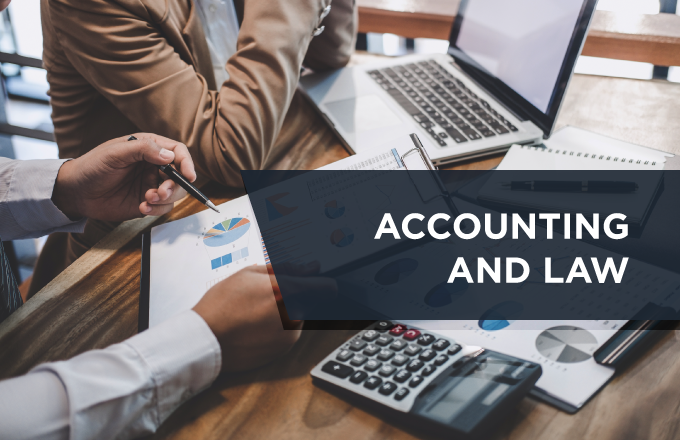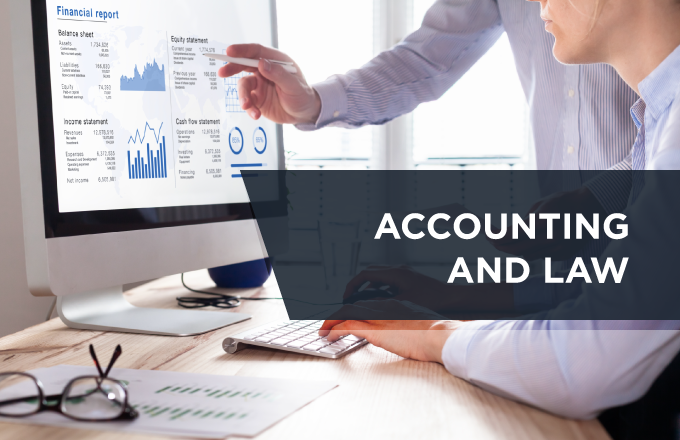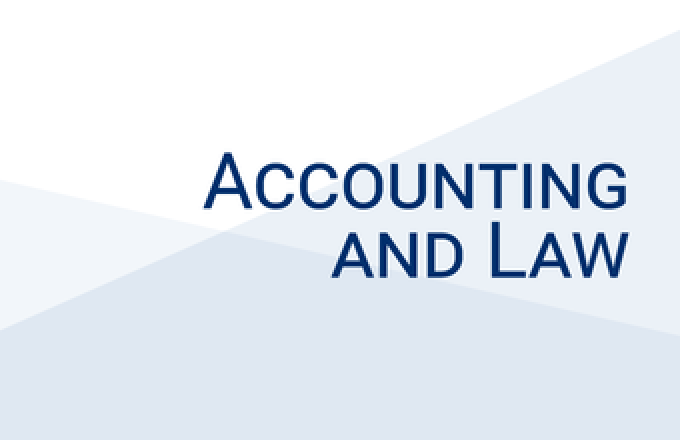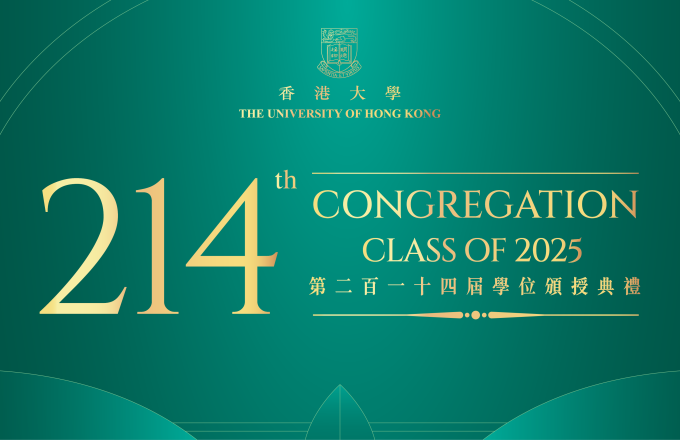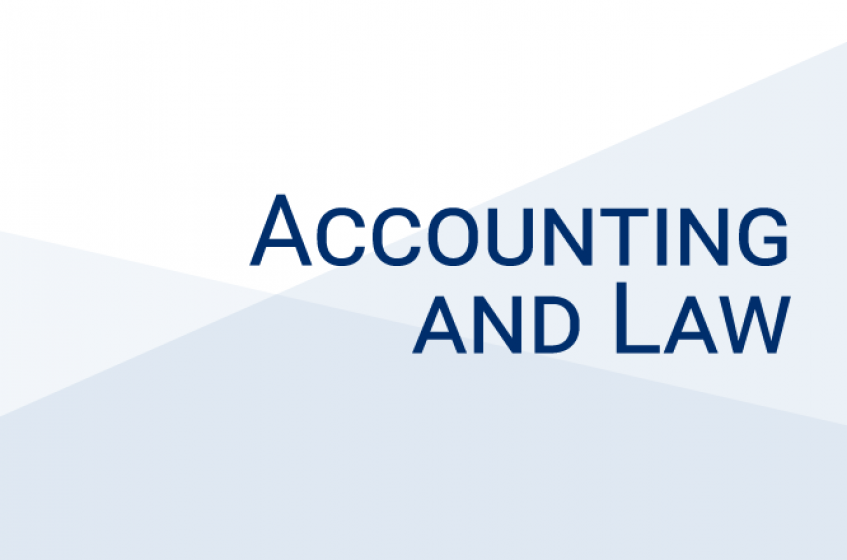
“The Consequences of Mandating Auditor Rotation: Evidence from a Dynamic Structural Model” – by Dr. Edwige Cheynel
Dr. Edwige Cheynel
Assistant Professor of Accounting
Rady School of Management
University of California, San Diego
We construct a dynamic discrete choice model, in which clients make decisions to retain or replace their auditor in multiple time periods. We derive from the conditional choice probability framework how auditor choice probabilities depend on past auditor tenure and size, and use the model to understand the impact of mandatory auditor rotation. Results from our counterfactual analysis show that the long-run annual switching rate increases by 12 (6) percentage points with a 5-year rotation rule (10-year rotation rule), and the switching rates also increase with tenure. The Big 4 market share drops from 54% to 21% (34%) in the long run after a 5-year (10-year) rotation rule. For a client currently with an auditor tenure of less than the mandatory term, a 5-year (10-year) mandatory rotation rule reduces the expected future utility of keeping the auditor by 6% to 15% (1% to 12%) relative to the case with no mandatory rotation. Our results suggest that mandatory auditor rotation changes audit market competition through clients’ forward-looking behavior.






